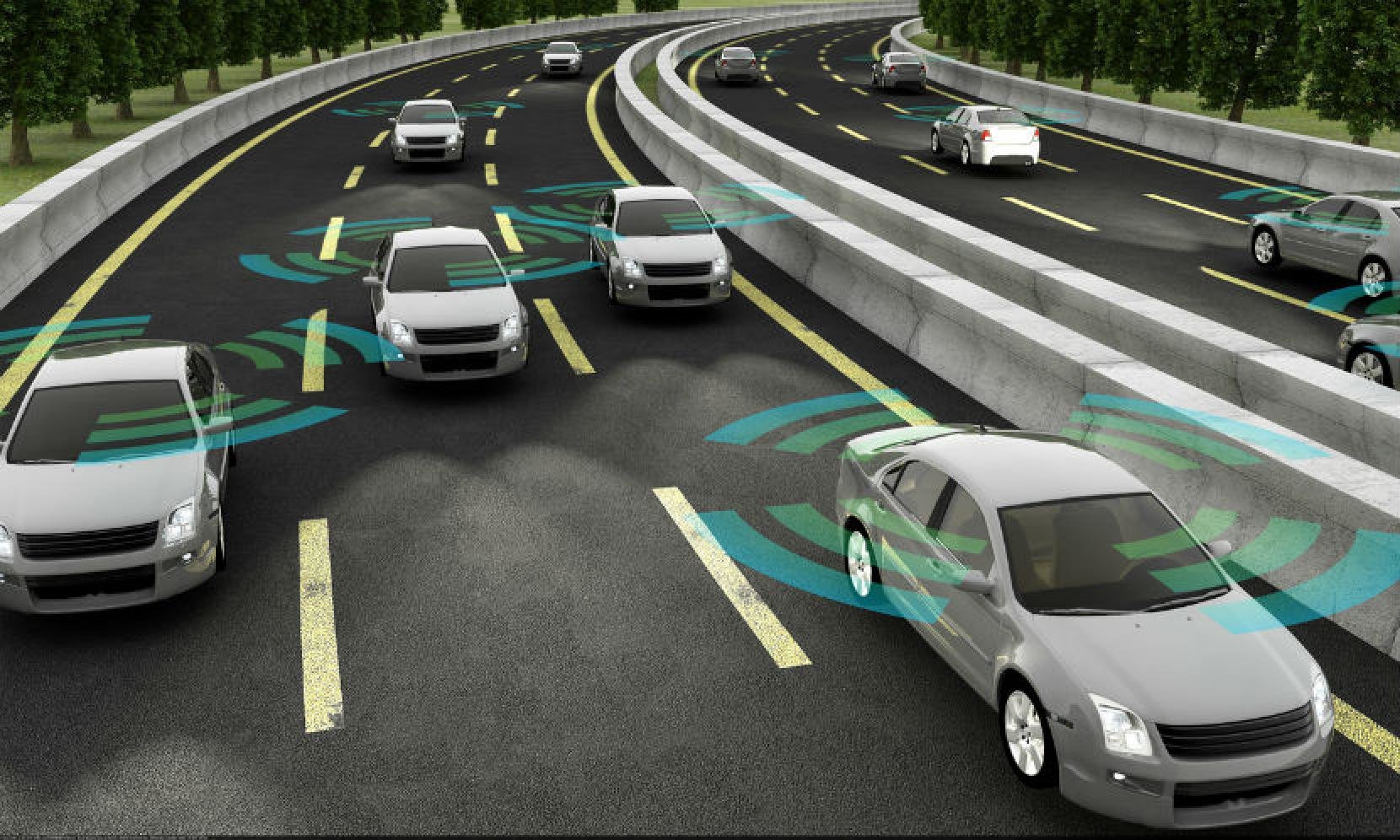So, with only a month to go until 2019 (where has the time gone?), could next year be the year we finally see autonomous cars on our roads? It turns out this is true!
They’ve been in development for a while now, so we at CarCliq thought why not discuss the pressing questions that may be swaying you from choosing an autonomous car?
What Does Autonomous Driving Mean?
Autonomous means it’s in control of itself, therefore in automotive terms, a car is able to sense it's environment and move with either little or no input from the driver.
How Autonomous Driving Works…
Although, the automotive industry is still quite a way off of having no input from the driver – whereby we would simply choose our destination and sit back and enjoy the ride. Instead, new cars so far have a certain level of autonomy. It’s important to remember, as a legal requirement, you must keep your hands on the wheel at all times and have your eyes on the road.

An autonomous car nowadays has the help from sensors and cameras to ensure they’re always scanning the car’s surrounding areas to identify hazards, such as other vehicles, pedestrians, traffic lights or other road markings – this then indicates to the car how it should act accordingly.
With the system implemented into the cars, the “brain” of it has the ability to learn and make decisions based on experience, just like us humans. This, therefore, means, instead of following a set programmed list of commands – it’s capable of conditioning to change of traffic conditions or unmapped roads.
What Autonomous Cars Are Available Now?
Fully-autonomous cars aren’t exactly available yet, however, there are features of autonomous technology in current cars in the market, these including:
- Automatic emergency braking – this is quite a standard feature on most family cars, which uses radars to scan the road ahead and presses on the brakes if they sense a looming collision.
- Adaptive cruise control – this is also known as ACC or Radar Cruise Control, which sets a distance apart from you and the car in front. With the advantage of it reducing the stress of traffic jams as well as boosting safety at higher speeds.
- Lane-keep assist – If you’re a regular motorway driver, lane-keep assist is your helping hand. This aims to steer you gently back into your motorway lane if you start to drift.
- Parking assist – this technology is found mostly in high-spec popular models, which uses the mix of sensors and cameras to park the car by itself, by judging the size of space before steering in. The only thing the driver controls is the speed.
The Levels of Autonomous Driving:
Level 1: The technology implemented helps the driver where one element is taken over in isolation, such as cruise control, but you still have full control of the car.
Level 2: This is currently the stage we’re at today and what is accepted in the UK. This means the system takes over multiple functions from the driver and has the intelligence to use speed and the steering systems together using different data sources.
Level 3: Currently, this mode is still being modified, but it allows all aspects of driving to be done for you. Although, the driver must still be focused to respond to a request if needed to intervene.
Level 4: This is something to be featured in the next decade, which will include cars being driven by themselves on pre-mapped roads.
Level 5: A completely autonomous car which will take you from A - B, with absolutely no input from the driver.
To conclude, is autonomous driving safe? It has been statistically proven, an autonomous car is much safer than standard cars with a human behind the wheel - due to the fact, a computer cannot become tired or get distracted by other factors, like a mobile phone or loud music.
For more CarCliq guides click here.